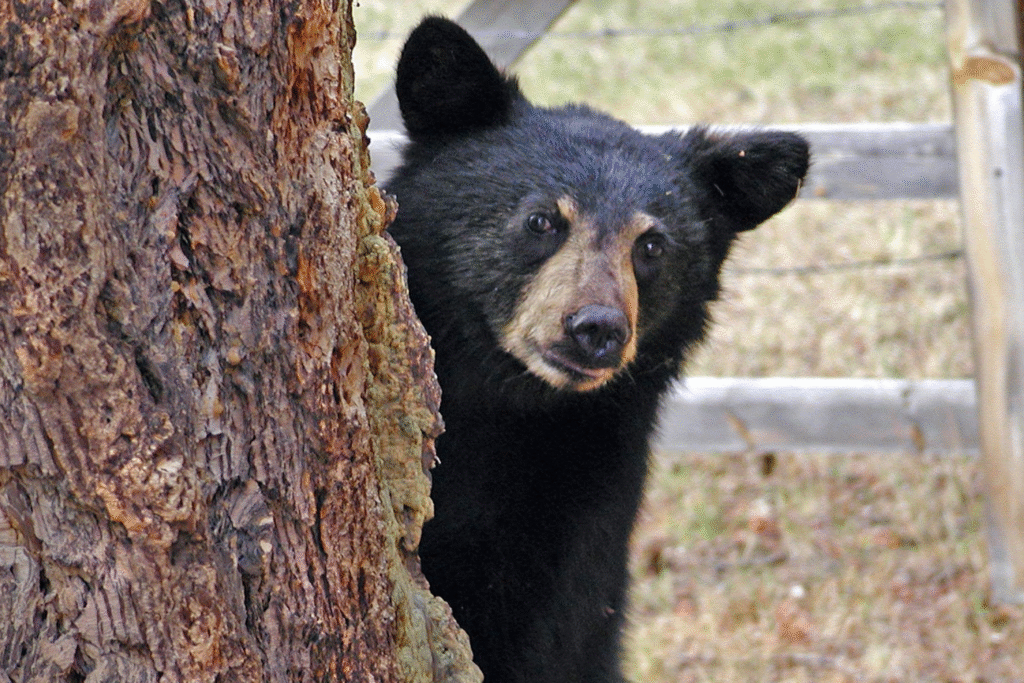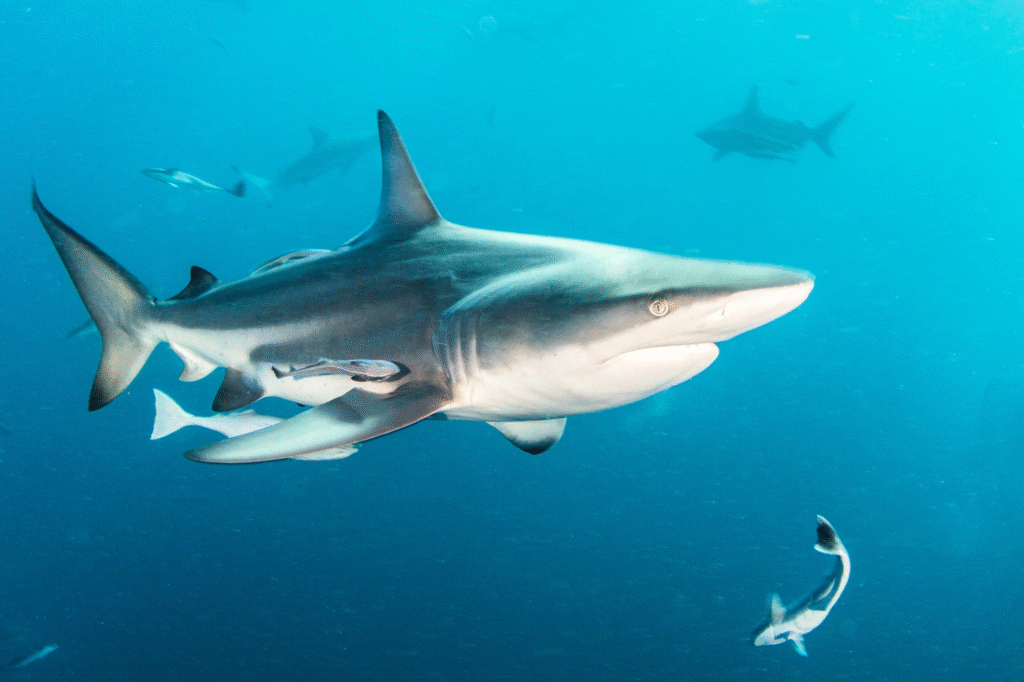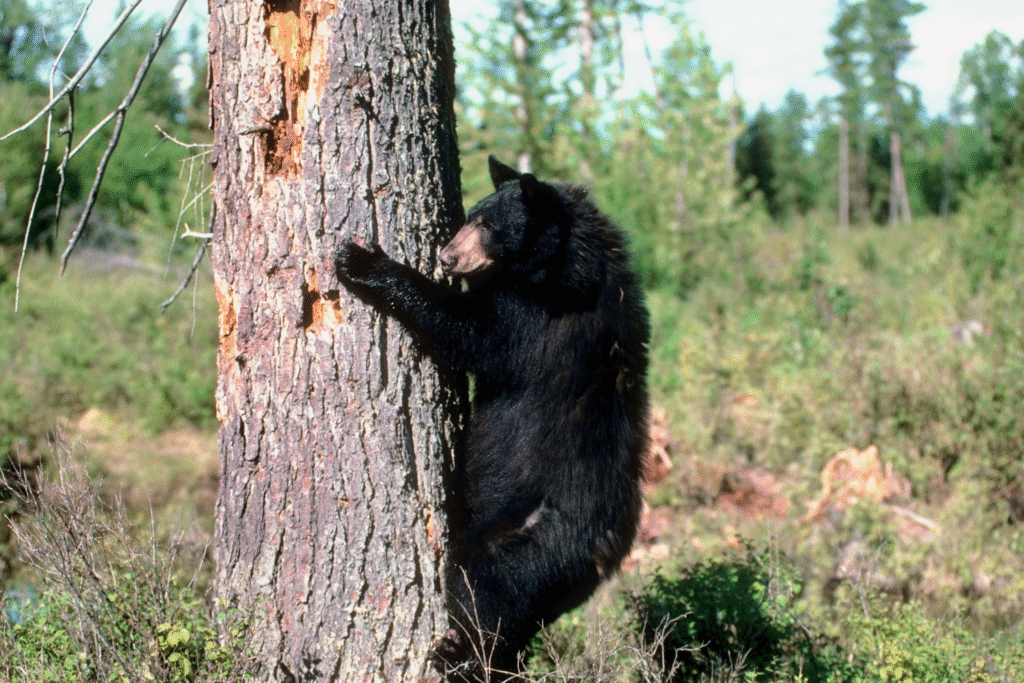Fear responses evolved to help predators survive human encounters.

The animals that inspire our deepest fears through their razor-sharp claws, venomous fangs, and crushing strength actually spend most of their lives desperately trying to avoid any contact with humans, whose massive size, loud voices, and erratic behavior patterns trigger every evolutionary alarm system these creatures possess for detecting dangerous threats. Their impressive weaponry evolved for hunting specific prey species and defending against natural enemies, not for confronting the bizarre bipedal giants who create thunderous noises, emit strange chemical scents, and move through environments in ways that violate every natural pattern these animals understand.
While horror movies and sensationalized documentaries portray these creatures as relentless human hunters, the reality reveals itself through countless behavioral studies showing that even apex predators will abandon prime hunting territories, skip meals, and endure significant stress rather than risk encounters with humans whose unpredictable nature makes them appear more dangerous than any natural threat these animals evolved to handle.
1. Grizzly bears change routes to avoid hiking trails.

These massive omnivores, despite possessing the strength to overturn cars and claws capable of ripping through tree bark, demonstrate remarkable anxiety around human presence that manifests through elaborate behavioral modifications designed to minimize any possibility of unexpected encounters with people in their territory. Their acute sense of smell allows them to detect human scent from miles away, triggering immediate route changes that can add hours to their daily foraging journeys as they navigate around areas where humans have recently traveled.
According to research conducted by the National Park Service, grizzly bears will abandon rich food sources like salmon runs or berry patches when human activity increases in these areas, often traveling significant distances to find alternative feeding locations rather than risk confrontation with unpredictable human visitors. The bears’ fear responses appear so deeply ingrained that mothers actively teach their cubs to associate human scent with danger, creating generational patterns of avoidance that persist even in areas where humans pose no direct threat to bear populations.
2. Sharks flee when they detect human scents in water.

The ocean’s apex predators possess sophisticated chemoreception abilities that allow them to identify human presence through minute concentrations of skin oils, sunscreen chemicals, and other substances that humans release into seawater, triggering immediate avoidance behaviors that demonstrate these ancient predators’ recognition of humans as dangerous anomalies in marine ecosystems. Their response patterns indicate that sharks perceive humans not as potential prey but as unpredictable threats whose presence disrupts normal hunting and territorial behaviors.
Marine biologists have documented that great whites, bull sharks, and tiger sharks consistently alter their swimming patterns and diving depths when human activity increases in their hunting areas, often abandoning prime feeding locations entirely rather than risk encounters with creatures whose behavior patterns fall completely outside their evolutionary experience, as reported by marine research institutions. These behavioral modifications can persist for days after human presence has been detected, suggesting that sharks’ fear response to humans creates lasting disruption to their normal activities and territorial patterns.
3. Mountain lions avoid human settlements despite easy prey.

These powerful felids demonstrate remarkable dedication to human avoidance that often requires them to expend significantly more energy traveling longer distances to hunt in remote areas rather than taking advantage of easy prey opportunities near suburban developments where deer, rabbits, and other preferred species gather in high concentrations around human-modified landscapes. Their natural stealth abilities, evolved for ambush hunting, become adaptive tools for avoiding human detection as they navigate increasingly fragmented habitats.
Research tracking collared mountain lions reveals complex movement patterns where these predators create elaborate detours around human activity centers, often adding dozens of miles to their hunting circuits to maintain separation from residential areas even when easier hunting opportunities exist closer to human development, according to wildlife conservation studies. The energy costs associated with these avoidance behaviors can impact reproductive success and survival rates, demonstrating how deeply ingrained their fear response to human presence has become through evolutionary pressure and learned behaviors passed down through generations.
4. Venomous snakes choose camouflage over confrontation.

Despite possessing some of nature’s most sophisticated venom delivery systems, venomous species consistently choose concealment and escape over confrontation when detecting human presence, understanding instinctively that their venom reserves represent precious biological resources that should be conserved for capturing prey rather than wasted on defensive encounters with massive creatures who pose no nutritional value. Their strike responses occur only when cornered or accidentally contacted, representing desperate defensive measures rather than predatory behavior.
The metabolic cost of venom production means that most venomous snakes can only produce limited quantities at any given time, making each use a significant biological investment that these reptiles prefer to reserve for actual hunting opportunities rather than defensive encounters with humans. When given adequate space and warning of human approach, species like rattlesnakes, copperheads, and coral snakes will consistently retreat to cover rather than risk confrontation, using their cryptic coloration and natural stillness to avoid detection entirely.
5. Large crocodilians submerge when humans appear nearby.

These ancient predators, despite being perfectly adapted ambush hunters capable of explosive attacks that can crush bones and drag large prey underwater, consistently demonstrate avoidance behaviors when humans enter their aquatic territories, often diving beneath the surface and relocating to areas farther from human activity rather than maintaining their preferred basking or hunting locations. Their behavioral responses indicate recognition that humans represent unpredictable disturbances that disrupt normal territorial and feeding patterns.
Nile crocodiles, American alligators, and saltwater crocodiles have been observed abandoning prime hunting areas along riverbanks and shorelines when human foot traffic increases, moving to more remote locations where they can maintain their ambush hunting strategies without the stress of constant human proximity. The energetic costs of these relocations, combined with reduced feeding opportunities in suboptimal habitat, demonstrate the strength of their instinctive drive to avoid human encounters whenever possible.
6. Wolf packs actively avoid human scent trails.

Modern wolves demonstrate extraordinary sensitivity to human presence that extends far beyond direct visual contact, using their remarkable olfactory abilities to detect human scent trails that may be hours or even days old, triggering pack-wide avoidance behaviors that can alter hunting routes and territorial boundaries for extended periods. Their response to human scent often involves complete abandonment of otherwise suitable habitat, demonstrating how deeply human presence impacts wolf behavior and territory use.
Pack dynamics reinforce these avoidance patterns as experienced adults teach younger wolves to associate human scent with danger, creating learned behaviors that persist across generations and contribute to the extreme rarity of wolf-human encounters even in areas where both species share the same landscape. The sophisticated communication systems that wolves use to coordinate pack hunting also serve to warn other pack members of human presence, allowing entire groups to modify their behavior based on individual detection of human activity.
7. Black bears climb trees to escape human encounters.

These adaptable omnivores, despite their impressive size and strength advantages over individual humans, consistently choose escape over confrontation when surprised by human presence, often scaling trees with remarkable speed and agility to reach safe vantage points where they can assess threats and plan retreat routes away from human activity. Their climbing behavior represents a deeply ingrained survival strategy that prioritizes avoiding conflict over asserting dominance or defending territory.
Female black bears with cubs demonstrate even more pronounced escape responses, often sending their young up trees while positioning themselves between the cubs and perceived human threats, but still prioritizing retreat over aggressive defense when given adequate escape opportunities. These maternal protection behaviors highlight how even the powerful drive to protect offspring doesn’t override the fundamental recognition that humans represent dangerous and unpredictable threats best avoided through strategic withdrawal rather than direct confrontation.
8. Big cats use scent marking to warn humans away.

Leopards, jaguars, and other large felids employ sophisticated scent communication systems that include strategic marking of human-use areas with their distinctive odors, effectively posting biological warning signs that communicate their presence while simultaneously avoiding direct confrontation with human intruders in their territories. These marking behaviors represent complex territorial negotiations that allow both species to coexist by maintaining spatial and temporal separation.
The intensity and frequency of scent marking often increases in areas with higher human activity, suggesting that these predators recognize the importance of clear communication with humans about territorial boundaries and preferred activity zones. Rather than viewing humans as prey or direct competitors, these intelligent predators appear to treat humans as fellow apex species worthy of respectful avoidance through established communication protocols that have evolved to minimize dangerous encounters for both parties.
9. Polar bears retreat when they detect human settlements.

These Arctic apex predators, despite being the largest land carnivores on Earth with the strength and hunting abilities to take down seals weighing hundreds of pounds, consistently demonstrate avoidance behaviors when encountering human settlements and activity, often traveling considerable distances across challenging ice terrain to maintain separation from human communities rather than investigating potential food sources or territorial opportunities. Their retreat responses indicate sophisticated risk assessment abilities that weigh the costs and benefits of human proximity.
Research in Arctic communities has documented how polar bears alter their traditional hunting routes and denning sites to account for human presence, sometimes abandoning areas that have been used by bear populations for generations when human activity increases beyond their comfort threshold. The metabolic costs associated with these longer travel distances and suboptimal habitat use demonstrate the strength of their instinctive drive to avoid human contact, even when such avoidance creates additional survival challenges in their already harsh environment.
10. Komodo dragons hide when tour groups approach their islands.

These massive monitor lizards, despite being perfectly adapted to hunt prey much larger than themselves using a combination of powerful jaws, sharp teeth, and potent bacteria-laden saliva that causes fatal infections in bite victims, consistently retreat to dense vegetation or rocky crevices when human tour groups visit their Indonesian island habitats. Their hiding behaviors represent sophisticated threat assessment strategies that prioritize concealment over territorial defense when faced with the unusual sight and sounds of human visitors.
The dragons’ response patterns suggest they categorize humans as dangerous mega-predators rather than potential prey, leading to behavioral modifications that can disrupt their normal basking, hunting, and social interaction patterns for hours after human groups have passed through their territories. These avoidance strategies have likely contributed to their survival on islands where human activity has increased dramatically due to ecotourism, demonstrating how their natural fear responses provide adaptive advantages in environments where human-wildlife coexistence requires mutual respect and spatial separation.

yxyxfd
TRAFFIC BOOST – TELEGRAM @‌SEO_ANOMALY